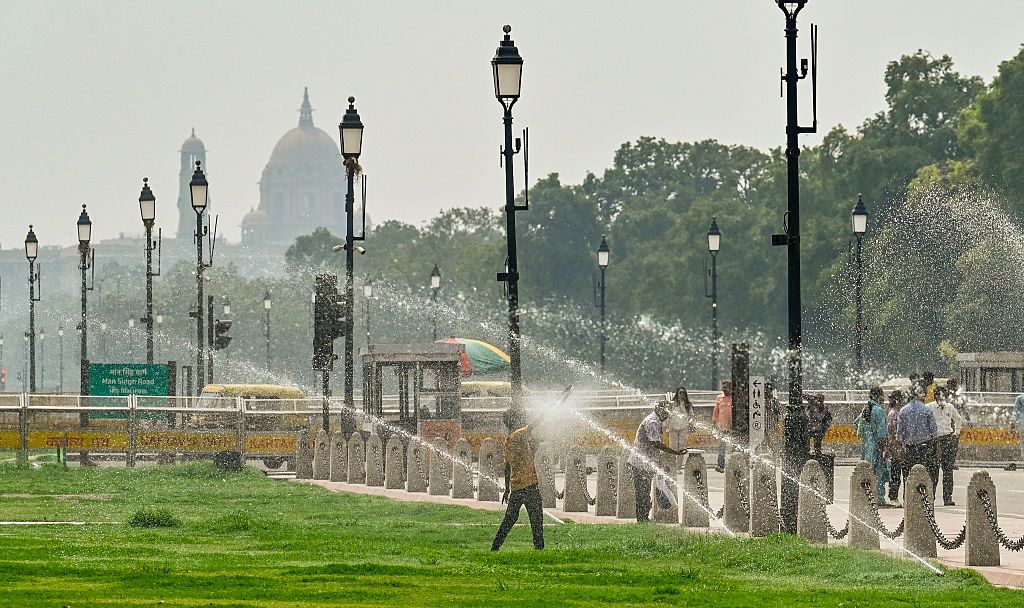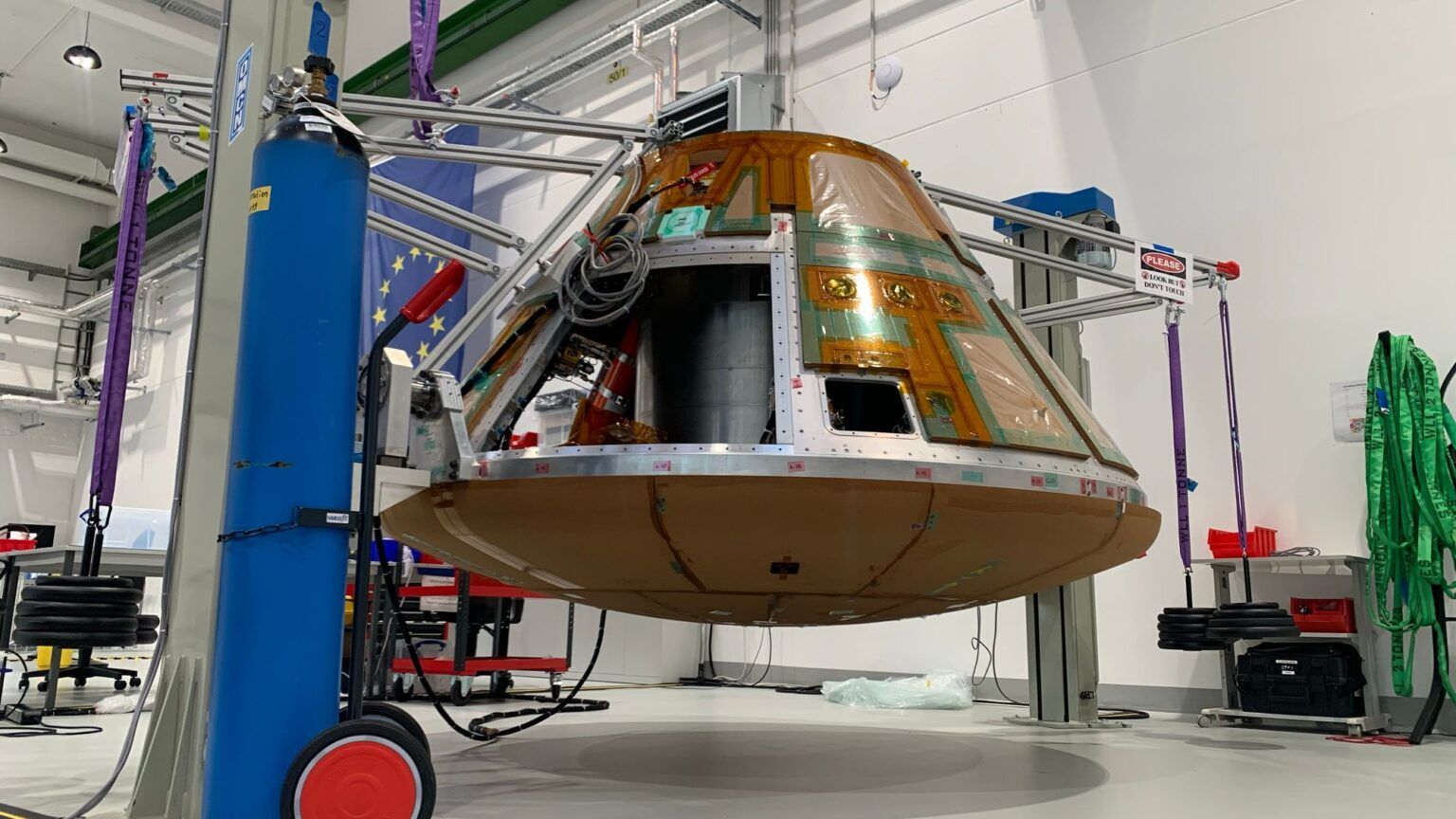India Is Using AI and Satellites to Map Urban Heat Vulnerability Down to the Building Level
India Is Using AI and…

India Is Using AI and Satellites to Map Urban Heat Vulnerability Down to the Building Level
In a groundbreaking initiative, India is harnessing the power of artificial intelligence and satellite imagery to map urban heat vulnerability at the building level. This cutting-edge technology allows for a more precise understanding of which areas are most at risk of heat-related issues, such as heat strokes and energy consumption.
By combining AI algorithms with high-resolution satellite data, researchers are able to analyze thermal patterns and identify urban heat islands in cities across India. This information is crucial for local governments and urban planners to develop targeted interventions and improve the overall resilience of communities.
The project aims to create a heat risk map that can predict temperatures at the street level, helping authorities prioritize mitigation strategies and allocate resources effectively. By mapping heat vulnerability down to individual buildings, policymakers can implement solutions that ensure the most vulnerable populations are protected.
Moreover, the use of AI and satellite technology in mapping urban heat vulnerability represents a significant step towards sustainable urban development in India. By integrating climate data into urban planning, cities can enhance their capacity to adapt to the impacts of climate change and build more resilient infrastructure.
Ultimately, this innovative approach has the potential to transform the way cities in India address heat-related challenges and create healthier and more livable environments for residents. As climate change continues to impact cities worldwide, initiatives like this demonstrate the power of technology in helping communities adapt and thrive in a rapidly changing world.







